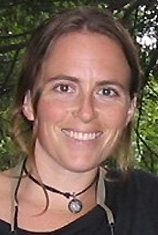When it comes to scientists’ engagement in policy, the word “should” is awkward. How many times have you told yourself you should write that letter, you should go to that public meeting, you should call your representative in government? The word equates engagement with a grimacing sense of obligation akin to jury duty.
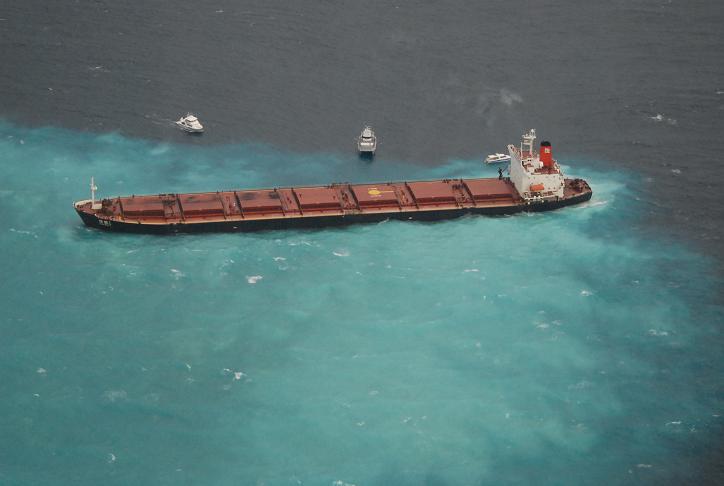 |
|
The bulk coal carrier MV Shen Neng ran around on the Douglas Shoal of the Great Barrier Reef on 3 April 2010. Carriers like this one would service the proposed coal export terminal at Cherry Point, Washington, USA. Photo from the Australian Government Maritime Safety Committee website. ----------------------------------------------------------------------------------------------------------------------------------------------------------------------------- |
Last month I co-wrote a comment letter on a proposal to build what could become the largest coal export terminal in North America at Cherry Point, Washington, not far from where I live. The National Environmental Policy Act (NEPA) allows the public to weigh in on proposed projects that must be approved by the Federal government. As a scientist I wanted to do what my professional training has prepared me for: to bring data to bear on the question of potential impacts, name the risks, highlight the unknowns. As a citizen I wanted to join the thousands of people who were discussing an issue that could affect us all. I believe that science can contribute to the public good, and started the letter mainly with a sense of obligation.
I quickly realized the process of writing the letter was a different beast than I’d imagined. In order to be useful for a comment letter under NEPA, I needed to make connections between the scientific literature and specific places at risk. This led me through a kind of local ecosystems tour. How might the terminal affect local herring stocks? What exactly is unique about the Cherry Point Aquatic Environmental Reserve? What do we know about trans-Pacific mercury transport? How would coal dust affect my Lummi neighbors’ crab fishery? What are the likely impacts of coal traffic on my town’s growing green economy? I think and teach all the time about the connections between natural and human systems. Writing the comment letter became a vehicle for exploring actual connections, right where I live.
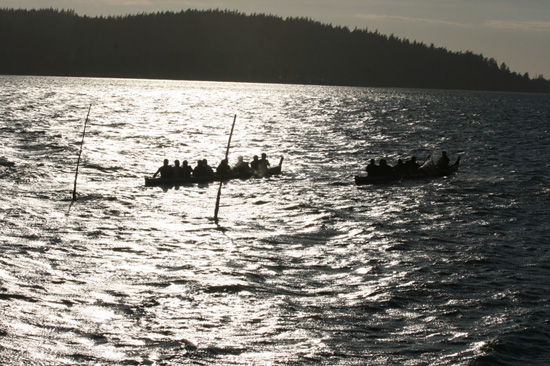 |
|
Members of the Lummi Nation paddle canoes in the Salish Sea, which includes the Pudget Sound, Strait of Juan de Fuca and the Straight of Georgia. The name honors the first inhabitants of the region, the Salish Coast. Photo courtesy of the Lummi Nation - http://www.lummi-nsn.org/ ---------------------------------------------------------------------------------------------------------------------------------------------------------------------------- |
There’s an odd relief in the simplicity of contributing to policy. Usually, the nerdy excitements of science involve squashing assumptions, exposing misperceptions, and making obvious the counterintuitive. We may do this inadvertently while trying to inform policy, but the actual process is quite simple: just name what we do and do not know and draw some links. We do not know exactly what 2.6 million pounds of coal dust deposited along the length of the rail line each year would do to whatever lives beside the tracks. We do know what an extra 50 million tons of combusted coal will likely do to our atmosphere. A comment letter, at its core, outlines these two lists: what might be smart to learn more about first (what we don’t know), and what can inform decisions now (what we do know). These lists are as simple as science or policy will ever get.
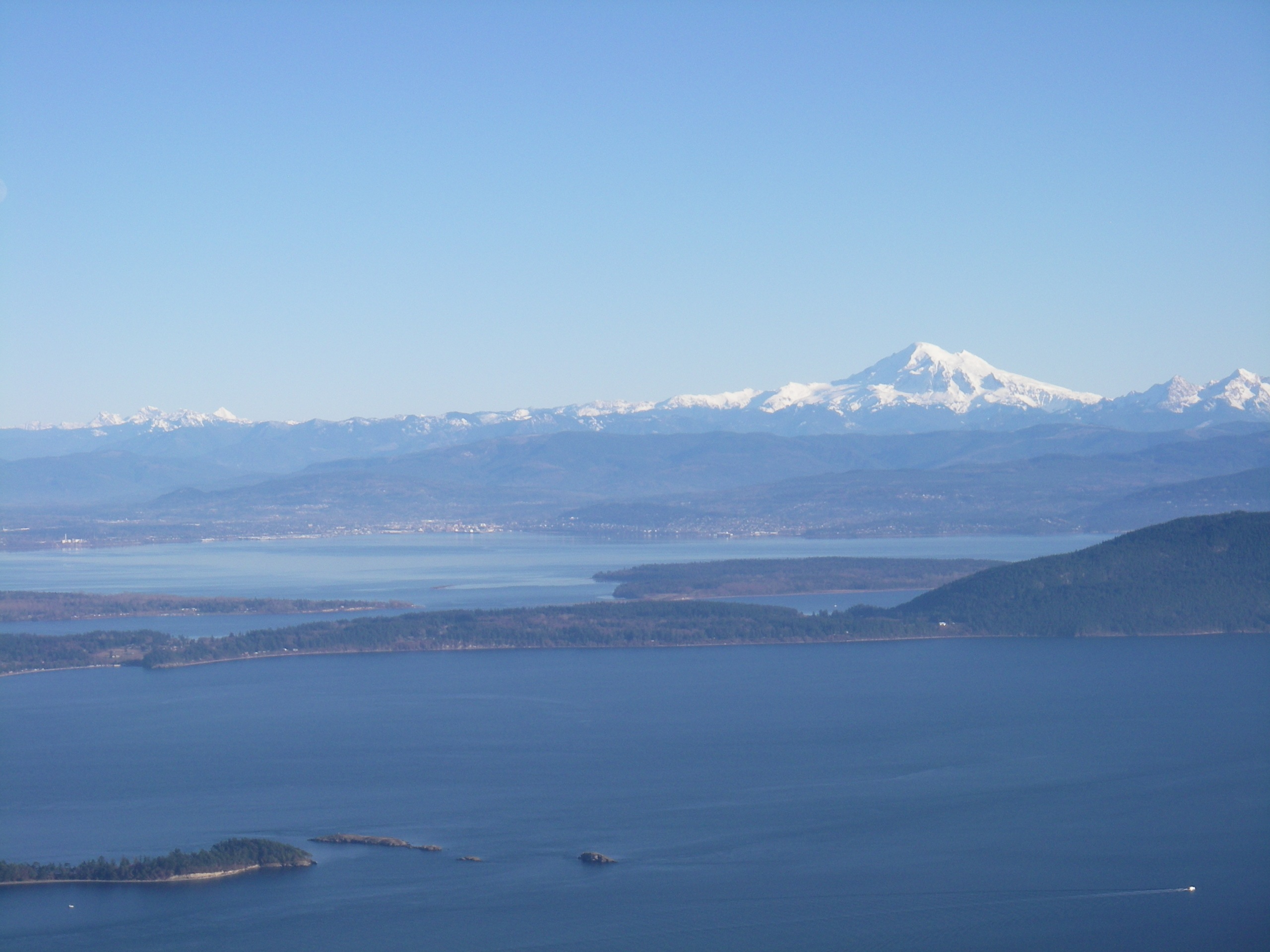 |
|
The Salish Sea with Mt. Baker in the background ----------------------------------------------------------------------------------------------------------------------------------------------------------------------------- |
Part of writing the letter was also delving into details that deepened my understanding of the scope of NEPA, including both its strengths and its limitations. NEPA manifests the contested ideas that live within our system of laws. The process of writing the comment letter highlighted where NEPA is strong, where it needs only better enforcement, and where it fails in the face of modern-day problems. These tensions were evident in my letter itself.
For example, a central part of the NEPA comment process is proposing mitigations to reduce harm should the project go forward. In this case, after enumerating 12 pages worth of likely negative impacts that include a massive increase in global carbon emissions, detailing a list of local mitigations was not satisfying. Cue the cynics with their chorus of ‘Why bother?’ But being jaded in the face of an imperfect system is no solution. Understanding the details of NEPA provides very useful information, both for looking ahead to what changes are needed, while also working as best we can with what we’ve got right now.
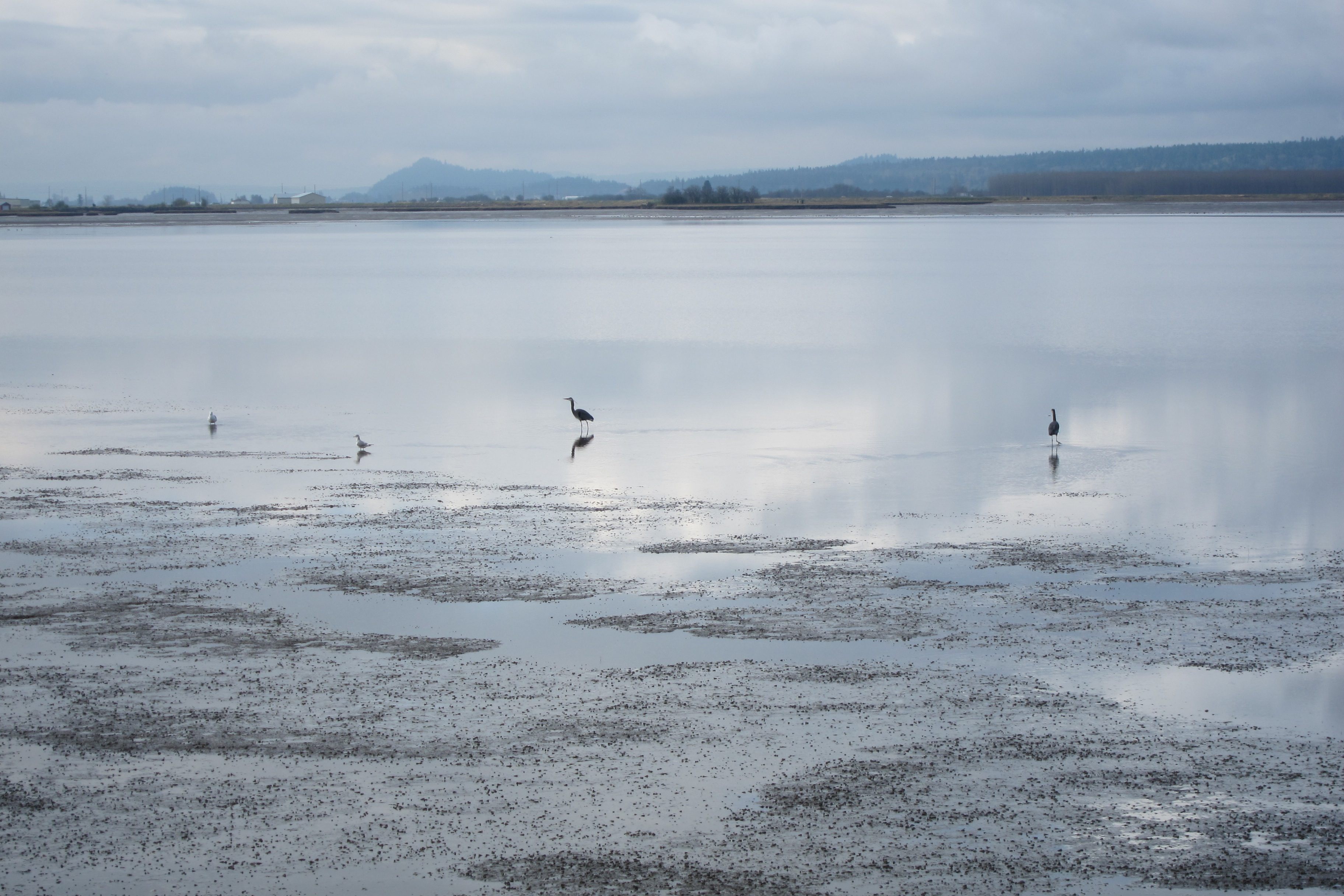 |
|
The Salish Sea is one of the most biologically diverse inland seas in the world ---------------------------------------------------------------------------------------------------------------------------------------------------------------------------- |
Finally there’s the myth about someone else doing the policy thing. No one else at SCB was going to write the coal terminal comment letter, not because they don’t care or because they don’t think it’s important, but because “they” are “me” and they don’t have any more time than I do. It was mine to write. No should, just honest ownership.
So I say drop the “should.” If there is an issue that is going to impact the place you live, or places you care about now, engage.The process offers you a weird combination of surprising and useful that doubles as a way to delve into the details of things that are easy to ignore. And isn’t that the point of science?
